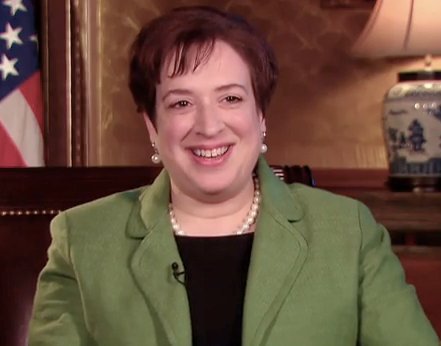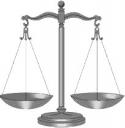 On May 10, 2010, President Obama nominated Solicitor General Elena Kagan to fill the seat of retiring Supreme Court Justice John Paul Stevens. Kagan is President Obama’s second nomination to the Court and, if confirmed, Kagan will be the fourth woman to serve on the nation’s highest court. To learn more about Solicitor General Kagan and the Supreme Court nomination process, there are some high-quality resources on the web that one should access. Both the Library of Congress (LOC) and the Georgetown Law Library have extensive guides. Both sites provide access to Kagan’s writing, including her law review articles, congressional documents, and briefs and transcripts of her arguments before the Supreme Court. The Georgetown site includes e-mails, press releases, and other writings from Kagan’s tenure as Dean of Harvard Law School. Also available are documents prepared in Ms. Kagan’s capacity as Associate White House Counsel to President Clinton. Of particular interest is the questionnaire—with responses—submitted to the Senate Judiciary Committee, which the Committee uses to begin gathering information about the nominee.
On May 10, 2010, President Obama nominated Solicitor General Elena Kagan to fill the seat of retiring Supreme Court Justice John Paul Stevens. Kagan is President Obama’s second nomination to the Court and, if confirmed, Kagan will be the fourth woman to serve on the nation’s highest court. To learn more about Solicitor General Kagan and the Supreme Court nomination process, there are some high-quality resources on the web that one should access. Both the Library of Congress (LOC) and the Georgetown Law Library have extensive guides. Both sites provide access to Kagan’s writing, including her law review articles, congressional documents, and briefs and transcripts of her arguments before the Supreme Court. The Georgetown site includes e-mails, press releases, and other writings from Kagan’s tenure as Dean of Harvard Law School. Also available are documents prepared in Ms. Kagan’s capacity as Associate White House Counsel to President Clinton. Of particular interest is the questionnaire—with responses—submitted to the Senate Judiciary Committee, which the Committee uses to begin gathering information about the nominee.
You can also access materials about the nomination process. The Georgetown guide links to Congressional Research Service (CRS) reports on the roles and actions of the President, Judiciary Committee, and the Senate during the nomination process. Nomination hearings transcripts back to 1971 are available, as well as this intriguing CRS Report on nominations that the Senate did not confirm. Be sure to check out the LOC guide for links to videos and blogs covering the Kagan nomination.




